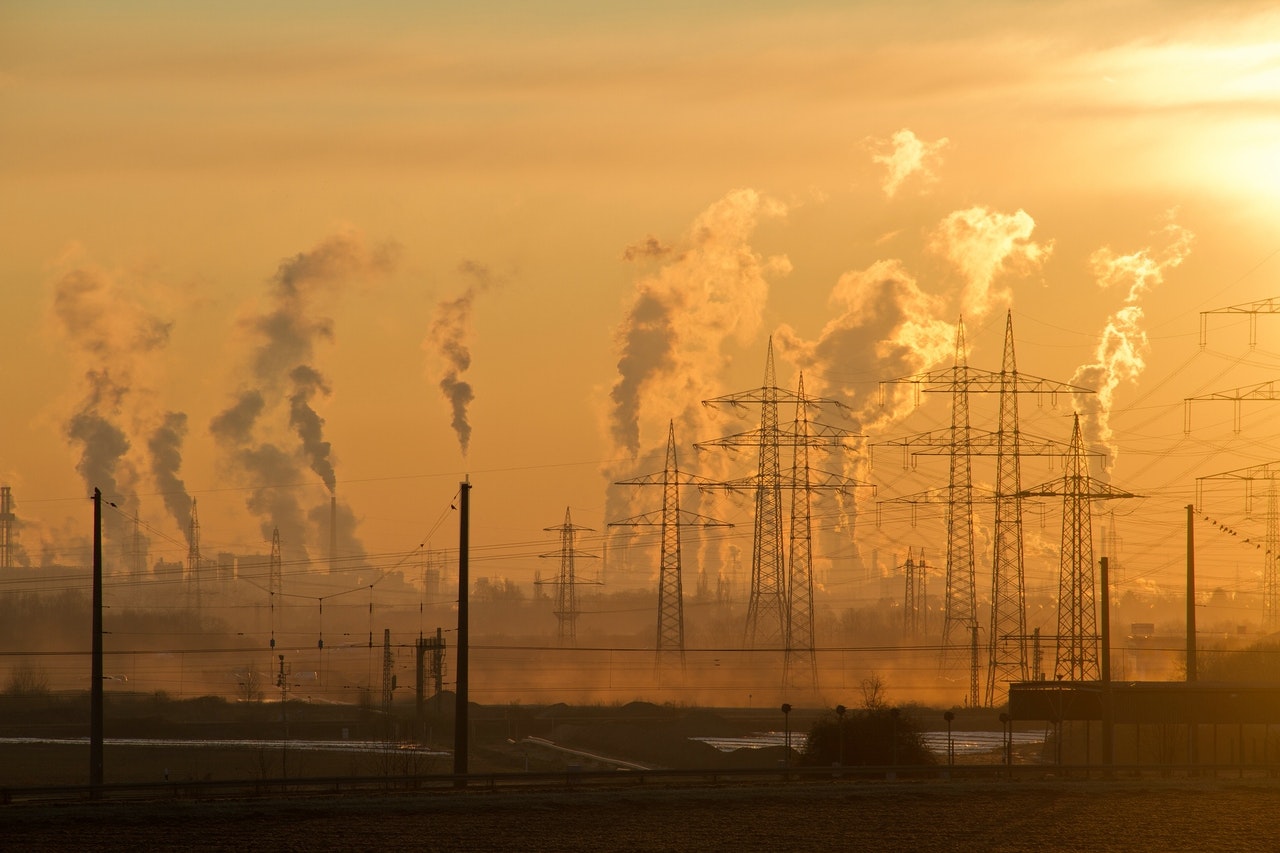Which Are The Gases Causing Corrosion Of Electronics In Data Centres
Gifty Francis
9 May, 2022
Gifty Francis
9 May, 2022

Electronic components are made of metallic and non-metallic materials that are prone to corrosion. If left unchecked, electronic corrosion can harm electronic components such as film disks and edge connectors in data centres. Film disks store data, and if corroded the stored information could get lost. Edge connectors are made of copper or are gold-plated over a copper substrate and are situated on the circuit boards. Corrosion can easily lead to disruption in the connector points and affect data transfer. In the case of control rooms or server rooms all metals are susceptible to corrosion in a similar way.
Corrosion in electronics is mainly caused by Acidic gases. The major ones include:
● Hydrogen sulphide (H2S)
● Sulphur and nitrogen oxides (SOX, NOX)
● Inorganic chlorine compounds (Cl2, ClO2, HCL)
● Photochemical entities (O3)
Hydrogen sulphide (H2S)
H2S will produce HS- ions which will interact with silver and copper. When HS- ions interact with Silver resulting in the formation of the corrosion product of Ag2S. This process is called sulphidation. Similarly, the corrosion of Copper surfaces happens and the resulting product is CU2S. Sulphidation happens even if the concentration Is <1 ppm.
Sulphur and Nitrogen Oxides(SOX, NOX)
The influence of NOx on corrosion and degradation of materials is very low;
However, in atmospheres containing SO2 an increase of corrosion and degradation is reported when NO2 is present. The role of NO2 is to catalyse corrosion and degradation processes.
Low RH values favour the reaction of NO2 with adsorbed water, forming nitrous and nitric acids, which are the species that react with copper resulting in an outer film of basic copper nitrite. At high RH, NO2 contributes to the oxidation of SO2, strengthening the production of sulphuric acid, the species that reacts with copper forming copper sulphite and sulphate.
Inorganic chlorine compounds (Cl2, ClO2, HCL)
Reactivity of chlorine compounds will depend upon the specific gas composition. In the presence of moisture, these gases generate chloride ions which react readily with copper, tin, silver, and iron alloys.
These reactions are significant even when the gases are present at low parts per billion levels. At higher concentrations, many materials are oxidized by exposure to chlorinated gases. Sources of chloride ions, such as bleaching operations, sea water, cooling tower vapours, and cleaning compounds, etc., should be considered when classifying industrial environments.
Photochemical entities (O3)
Ozone is an unstable form of oxygen which is formed from diatomic oxygen by electrical discharge or by solar radiation. In general metals are only slightly susceptible to photochemical effects. However, ozone can function as a catalyst in sulphide and chloride corrosion of metals.
Never allow harmful gases to affect your data centre and decrease its efficiency. Being a specialist vendor in gas phase filtration and monitoring, AQOZA offers optimum performing corrosion control units to various industries. Get in touch with us to know more!!!

